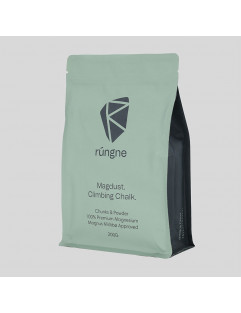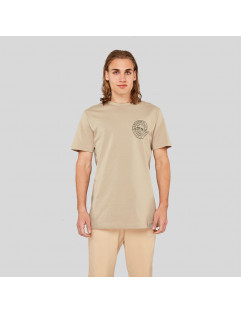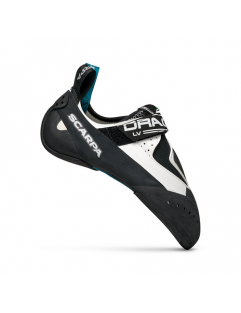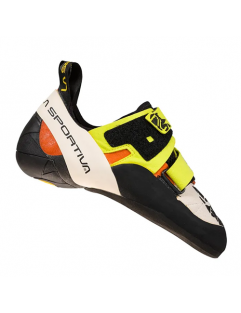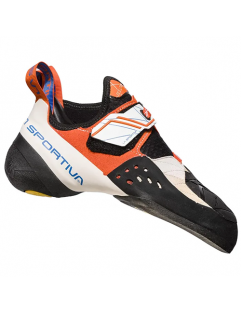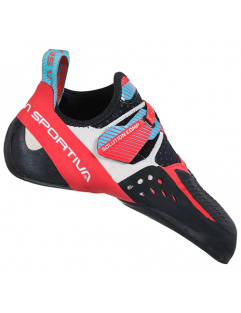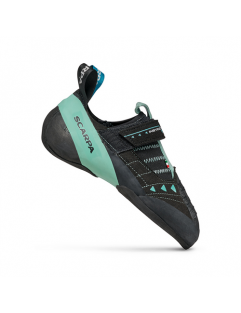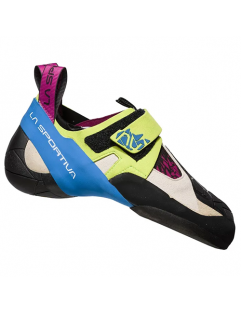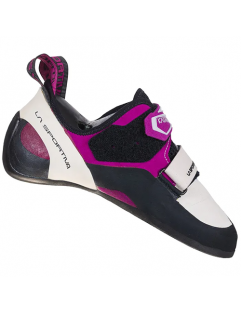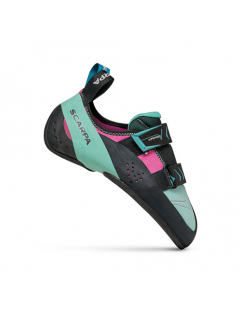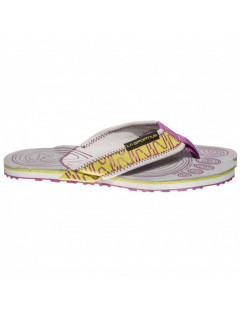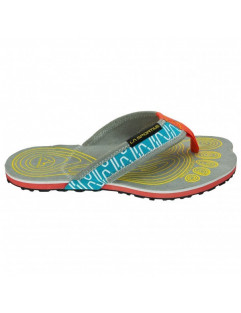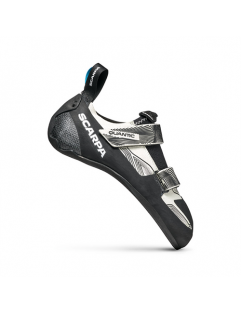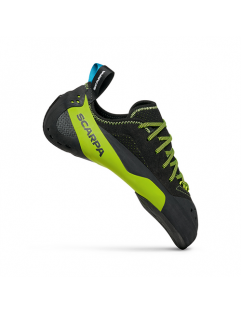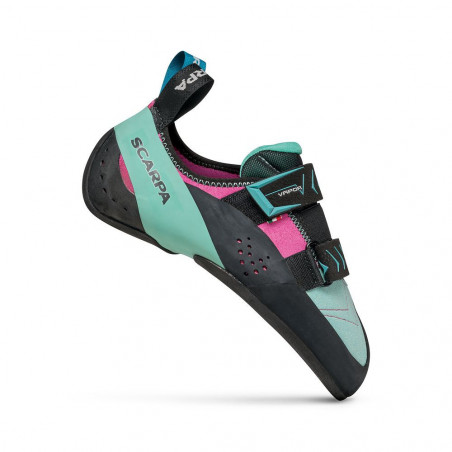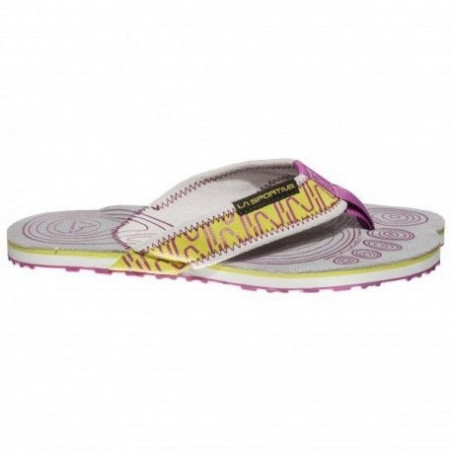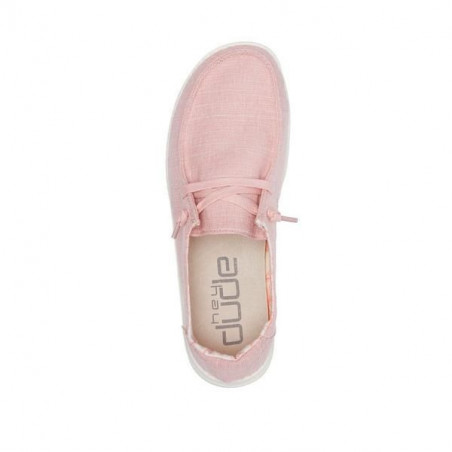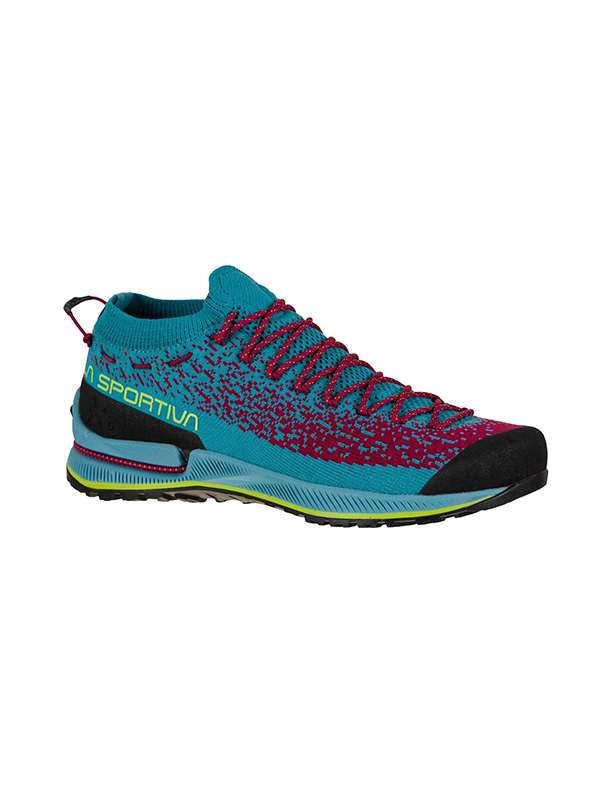New products
home
Arc'teryx -...skin-care
Rhino - Mickeys...locking-carabiners
Petzl - Attache...mens-harnesses
Petzl - Corax...mens-harnesses
Petzl - Corax...Active filters
low-volumes-shoes
Scarpa - Drago LV - White - Climbing Shoesvelcro-shoes
La Sportiva - Otaki Woman - Sulphur/Coral - Women's...velcro-shoes
La Sportiva - Solution Woman - White/Lily Orange -...velcro-shoes
La Sportiva - Solution Comp Woman - Hibiscus/Malibu Blue...velcro-shoes
Scarpa - Instinct VS Wmn - Black/Aqua - Climbing Shoesvelcro-shoes
La Sportiva - Skwama Woman - Apple Green/Cobalt Blue -...velcro-shoes
La Sportiva - Katana Woman - White/Purple - Women's...velcro-shoes
Scarpa - Vapor V Wmn - Dahlia/Aqua - Women's Climbing Shoesoutlet
La Sportiva - Swing Women Purple/Apple Green - Sandalsoutlet
La Sportiva - Swing Women Malibu Blue - Sandalsvelcro-shoes
Scarpa - Quantic Wmn - Dust Gray/Black - Women's Climbing...lace-up-shoes
Scarpa - Mago - Black/Green - Climbing Shoes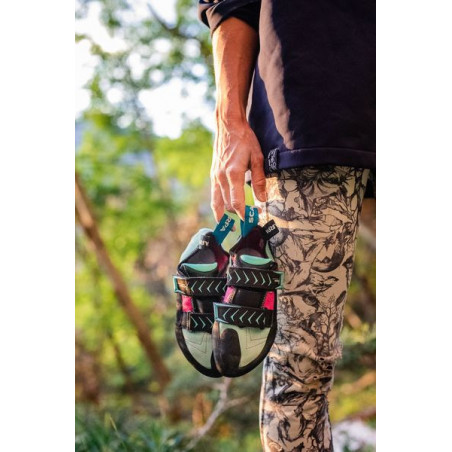
Womens Footwear
Choosing climbing shoes is no easy activity. Unless you are an experienced climber you will most likely want some advice when trying them on.
The climbing shoes on the market now a days make it possible for athletes to almost walk up the wall and to stand on seemingly smooth surfaces and none existing foot holds. This has all been made possible through years of research, trial and error. The rubber used for the soles of climbing shoes generates as much friction as possible in order for the athlete to perform at peak levels. Most, if not all intermediate to advanced climbing shoes are equipped with these high performance soles, but there are still a few differences worth pointing out.



When it comes to choosing your climbing / bouldering shoes there are two main criteria to look out for, comfort and functionality.These two are not correlated, meaning that if you want your shoe to be a bit more comfortable and less tight, you will most likely pay the price in functionality and the other way around. Furthermore, climbing shoes will expand with use and wear, especially the leather shoes can change their shape and size quiet a bit, which is why, if you want performance, it makes sense to initially buy these pairs pretty tight. Synthetic shoes on the other hand will not loosen as much. This covers the aspect of comfort, optimised functionality is usually achieved as long as the shoe is snug fitting around the heel and as long as the big toe touches the tip of the toe cap. Anything else, like shape, material, closing system etc has it's advantages and disadvantages and is up to the climbers preferences and climbing needs.
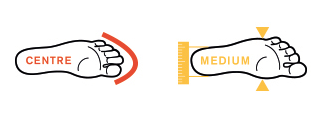
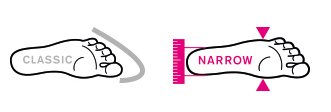

Many climbing shoes come in a unisex/men's version and a women-specific version. As with any shoe, the biggest differences between men's and women's climbing shoes are volume and width. Women-specific shoes typically have a lower volume, a smaller toe box, and a narrower heel. Also,with the assumption that women are always lighter than men, the rubber tends to be softer because it does not need to support as much weight.
The choices are endless and difficult today so contact our Customer Service or send us a mail to help you choose the right product for your needs.
Shop online.........more time to climb.
Casper's Supports Your Summit
Subcategories
-
Womens Climbing Shoes
<p>The climbing shoes on the market now a days make it possible for athletes to almost walk up the wall and to stand on seemingly smooth surfaces and none existing foot holds. This has all been made possible through years of research, trial and error. The rubber used for the soles of climbing shoes generates as much friction as possible in order for the athlete to perform at peak levels. Most, if not all intermediate to advanced climbing shoes are equipped with these high performance soles, but there are still a few differences worth pointing out. </p> <p></p> <p>It took a while before women specific climbing shoes hit the markets, up until recently a women's shoe was a simple climbing shoe in different colors. Over time this has changed and brands started developing and producing rock climbing shoes specific to the female shape of foot. In general, these women's shoes are designed for more petite feet, their cut is generally narrower and the height of the heel a bit lower. The new name manufactures give to these shoes instead of calling them women shoes, is 'low volume' or 'LV' shoes. This doesn't mean that men cannot wear these shoes, it just depends on their foot shape.</p> <p>The choices are endless and difficult today so contact our Customer Service or send us a mail to help you choose the right product for your needs. </p> <p></p> <p>Shop online.........more time to climb.</p> <p></p> <p>Casper's Supports Your Summit</p> -
Womens Sandals
<p>Great pair of sandals to wear in between boulders in Fontainebleau, at the beach during your time off, just to chill in etc. </p> -
Womens Hey Dudes
-
Womens Approach Shoes
<p>Our main focus always goes to the act of climbing, what gear is necessary to get up the project—climbing shoes, harness, rope, hardware, helmet, chalk—that we often forget what’s helpful for actually getting to the climb. The approach can be anything from a short hike to the crag or a multi-day scramble to a valley of granite towers and anything in between. No matter what, the best approach shoes combine the stability and support of a hiking boot with the grip and dexterity of a climbing shoe. Before buying a pair of approach shoes, it’s important to have an understanding of the materials keeping you stuck to the stone:</p> <p><strong>Outsole</strong>: The knobs on the sole of the shoe dig into the dirt for grip on trails. A shallow dot pattern creates more contact between the rock and rubber, so they smear better on slabby stone.</p> <p><strong>Midsole</strong>: The main shock absorber that reduces impact on the trail. 2 main materials are used for this part of the shoe, polyurethane foam (PU) and ethylene vinyl acetate foam (EVA). PU is dense and strong, with a longer lifespan than EVA, but it isn’t quite as soft. EVA is lighter and cushier but less durable.</p> <p><strong>Drop</strong>: This describes the difference in “stack height” (material between the bottom of your foot and the ground) at your heel and forefoot. The smaller the drop, the more minimalist the shoe, and the more you’ll feel the ground beneath your feet, which is good for approaches that require precise and technical movement. Hiking boots and traditional trail runners have a higher stack height and drop, which offers more cushioning and support for heavy loads.</p> <p><strong>Forefoot Plate</strong>: A high density foam or plastic piece providing additional support and protection for the ball of your foot.</p> <p><strong>Heel Wedge</strong>: A midsole component that absorbs impact during initial heel strike.</p> <p><strong>Upper</strong>: The upper can be synthetic, leather, mesh, or some combination to offer varying degrees of water resistance, breathability, and insulation.</p> <p><strong>Footbed</strong>: Or insole, sits directly beneath your foot. This foam insert comforts and supports, adapting to your foot’s unique shape. </p> <p><span style="text-decoration:underline;"><strong>How to size your approach shoes</strong></span></p> <p>Your toes should not reach the end of the shoe, but neither should they be swimming in an overly spacious toe box.</p>





